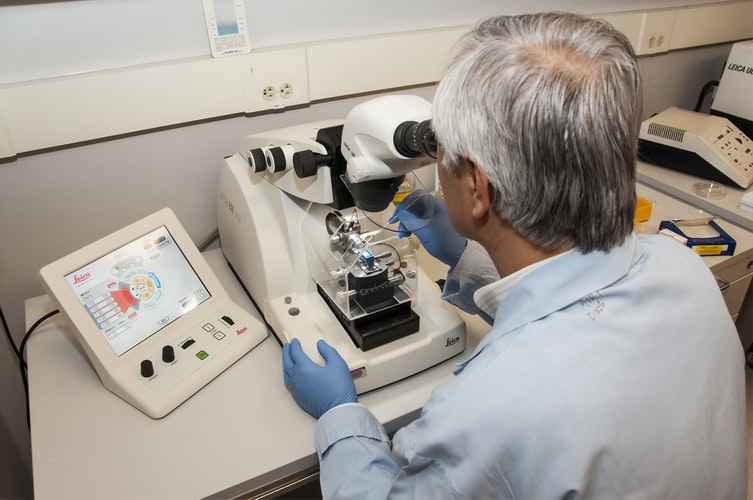The CDISC standards for clinical trials are SDSS and ADaP, while non-clinical trials use SEM. This article provides important basic information to know if you plan on applying CDISC guidelines in your clinical trials. It also covers the various types of controls used in clinical trials.

Ways In Which Clinical Trials Are Run
Most clinical trials are carried out with the help of various types of data quality management systems (DQMS), which are designed to track records of the study and control procedures as well as data integrity. As such, DQMSs play a vital role in the compliance aspect of the clinical research process. They allow clinical research organizations (CROs) to establish a baseline of rules or guidelines to follow in order to create a document – called the traceability report – that can be used to prove compliance with the guidelines set by the regulatory bodies involved. Furthermore, these systems allow researchers to check the progress and status of the project at periodic intervals. In essence, DQMSs are crucial in determining whether the research methods applied are conforming to the CDISC standards.
There are three main types of DQMSs based on the regulations set by the CDISC. General data management systems (GDS), specific data management systems (STS), and automated data management (ADM) are the three types currently used in clinical trials. While the use of GDS and STS is necessary to ensure the proper storage and retrieval of data, and to ensure that the integrity of the data, respectively, the automated data management system ensures the efficiency of the clinical trial sponsors by reducing the amount of man hours needed to accomplish all necessary tasks. CDISC standards specify the type of control system to be used to accomplish these goals.

Establishment Of CDISC Standards
The CDISC Data Standardization Committee (DSC) was established in 2021 to establish the standardized data sets used by clinical trials. Currently, there are five different levels of coverage for CDISC-compliant data sets. These levels are “level one”, “level two”, “level three” and “level four”. Each level carries its own set of technical requirements, which are based on the primary source documents from which the data sets were derived. In addition, all of the data sets must be consistent with the primary sources. This ensures that all stakeholders retain the flexibility they need to meet their data standardization needs. CDISC standards play an important role in the management and distribution of data across a range of different kinds of clinical trials.
When it comes to standardization, there are a few key areas to cover. The first area covers the extraction and transportation of data, as well as ensuring that the data meets the appropriate international standards. The second area addresses the analysis and reporting of the data, as well as the review of the data and any associated documentation. Finally, there is a requirement to ensure consistent and uniform distribution of the data sets. This is done through the use of uniform sampling methods and the creation of uniform datasets.

How Is CDISC Applied?
CDISC certification is a significant tool for achieving success in the clinical research community. The certification process consists of several steps, including data quality checks and risk assessments. When these steps are executed correctly, it allows for the safe storage and transfer of large amounts of data sets, improving the reliability of the results obtained from clinical trials. CDISC standards help to establish the parameters of the research community in this area. It also improves the collaboration between regulatory requirements and academic institutions involved in the drug development and review processes.

